Ɵ Abu al-Fazl Hubaysh bin Ibrahim al-Tiflisi, Nazm al-Suluk wa Taqwim al-Adviyeh (a dictionary of medicine and guide to herbal remedies), in Arabic, decorated manuscript on paper [Ottoman Levant (possibly Jerusalem), dated Shawwal 974 AH (1556-7 AD)] single volume, 274 leaves plus an additional endleaf at each end, perhaps lacking a Fihrist at the front of the volume (indicated by the pagination of leaves), single column, 19 lines informal black naskh with headings and important words in red, title on fol. 1r with text in alternate lines of red and black, pagination and contemporary catchwords throughout, a few marginal inscriptions and a few ink ownership inscriptions to title page, some finger-soiling to margins, else overall clean and very presentable condition, 210 by 140 mm.; eighteenth-century leather over pasteboards with flap, boards and flap with some provincial tooling in blind, Ottoman style central medallions and corner-pieces with additional florets and stamps surrounding these, rebacked, resewn and doubleurs added, some repairs to binding, overall very neat and clean conditionAbu al-Fazl Hubaysh bin Ibrahim al-Tiflisi was a physician and astronomer, given the title 'al-Mutabbib' (the doctor) for authorship of numerous medical texts; including the present volume as well as the Kafiyat al-Tibb (Encyclopedia of Medicine). Though little is known about al-Tiflisi's working life, he is thought to have lived around 600 AH (1203 AD): see Brockelmann (Suppl. i. 893) and C. P. Rieu (British Museum Catalogue, 1883, p. 852). The present codex forms a substantial work on herbal medicine and acts as a reference work for medication and the application of practical remedies. The colophon is signed by Ismail bin Abd'ulhaq al-Hamsa Damashqi al-Mutabbib, whose title most probably records the use of the volume by an early medical practitioner. It clearly stayed in such use for some centuries, and an early eighteenth-century ownership inscription to the title indicates that it was still used then by another Mutabbib, Afif al-Din bin Sadaqa bin Afif, who worked in the al-Salahi Hospital in Jerusalem. The binding currently housing the manuscript was probably added by Afif and used in the Salahi Hospital, one of the foremost centres for Islamic medical studies in the Middle East.
Ɵ Abu al-Fazl Hubaysh bin Ibrahim al-Tiflisi, Nazm al-Suluk wa Taqwim al-Adviyeh (a dictionary of medicine and guide to herbal remedies), in Arabic, decorated manuscript on paper [Ottoman Levant (possibly Jerusalem), dated Shawwal 974 AH (1556-7 AD)] single volume, 274 leaves plus an additional endleaf at each end, perhaps lacking a Fihrist at the front of the volume (indicated by the pagination of leaves), single column, 19 lines informal black naskh with headings and important words in red, title on fol. 1r with text in alternate lines of red and black, pagination and contemporary catchwords throughout, a few marginal inscriptions and a few ink ownership inscriptions to title page, some finger-soiling to margins, else overall clean and very presentable condition, 210 by 140 mm.; eighteenth-century leather over pasteboards with flap, boards and flap with some provincial tooling in blind, Ottoman style central medallions and corner-pieces with additional florets and stamps surrounding these, rebacked, resewn and doubleurs added, some repairs to binding, overall very neat and clean conditionAbu al-Fazl Hubaysh bin Ibrahim al-Tiflisi was a physician and astronomer, given the title 'al-Mutabbib' (the doctor) for authorship of numerous medical texts; including the present volume as well as the Kafiyat al-Tibb (Encyclopedia of Medicine). Though little is known about al-Tiflisi's working life, he is thought to have lived around 600 AH (1203 AD): see Brockelmann (Suppl. i. 893) and C. P. Rieu (British Museum Catalogue, 1883, p. 852). The present codex forms a substantial work on herbal medicine and acts as a reference work for medication and the application of practical remedies. The colophon is signed by Ismail bin Abd'ulhaq al-Hamsa Damashqi al-Mutabbib, whose title most probably records the use of the volume by an early medical practitioner. It clearly stayed in such use for some centuries, and an early eighteenth-century ownership inscription to the title indicates that it was still used then by another Mutabbib, Afif al-Din bin Sadaqa bin Afif, who worked in the al-Salahi Hospital in Jerusalem. The binding currently housing the manuscript was probably added by Afif and used in the Salahi Hospital, one of the foremost centres for Islamic medical studies in the Middle East.
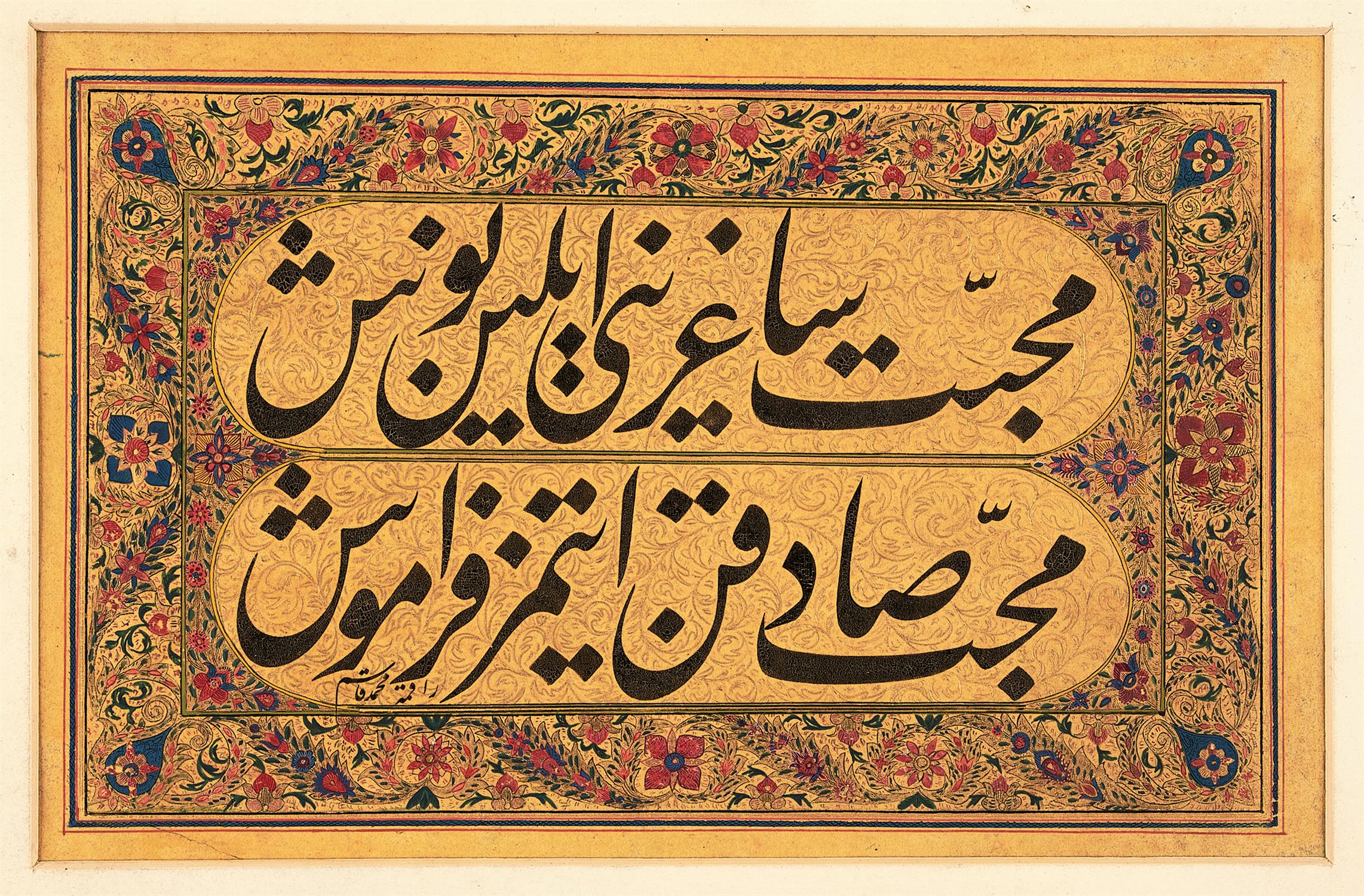
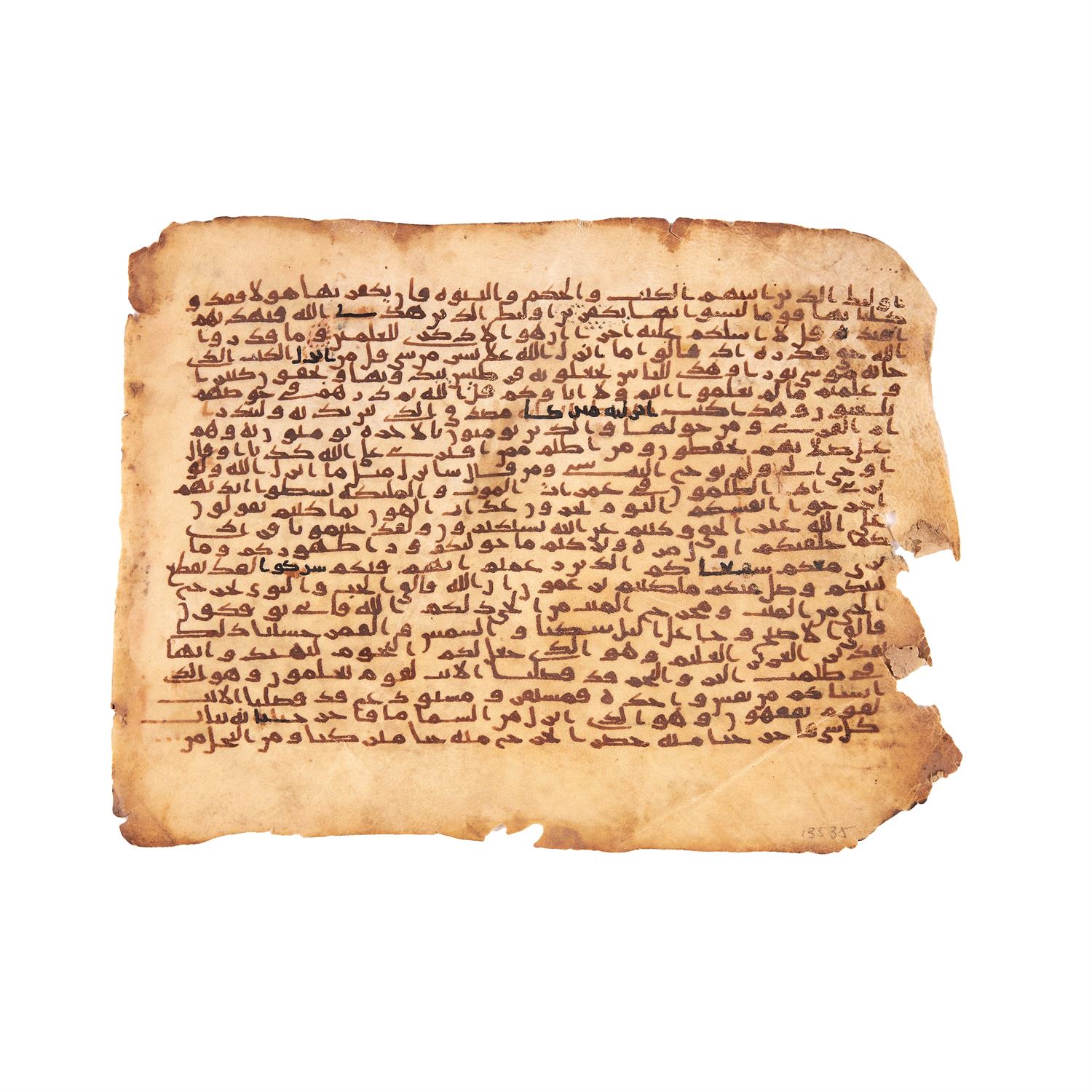
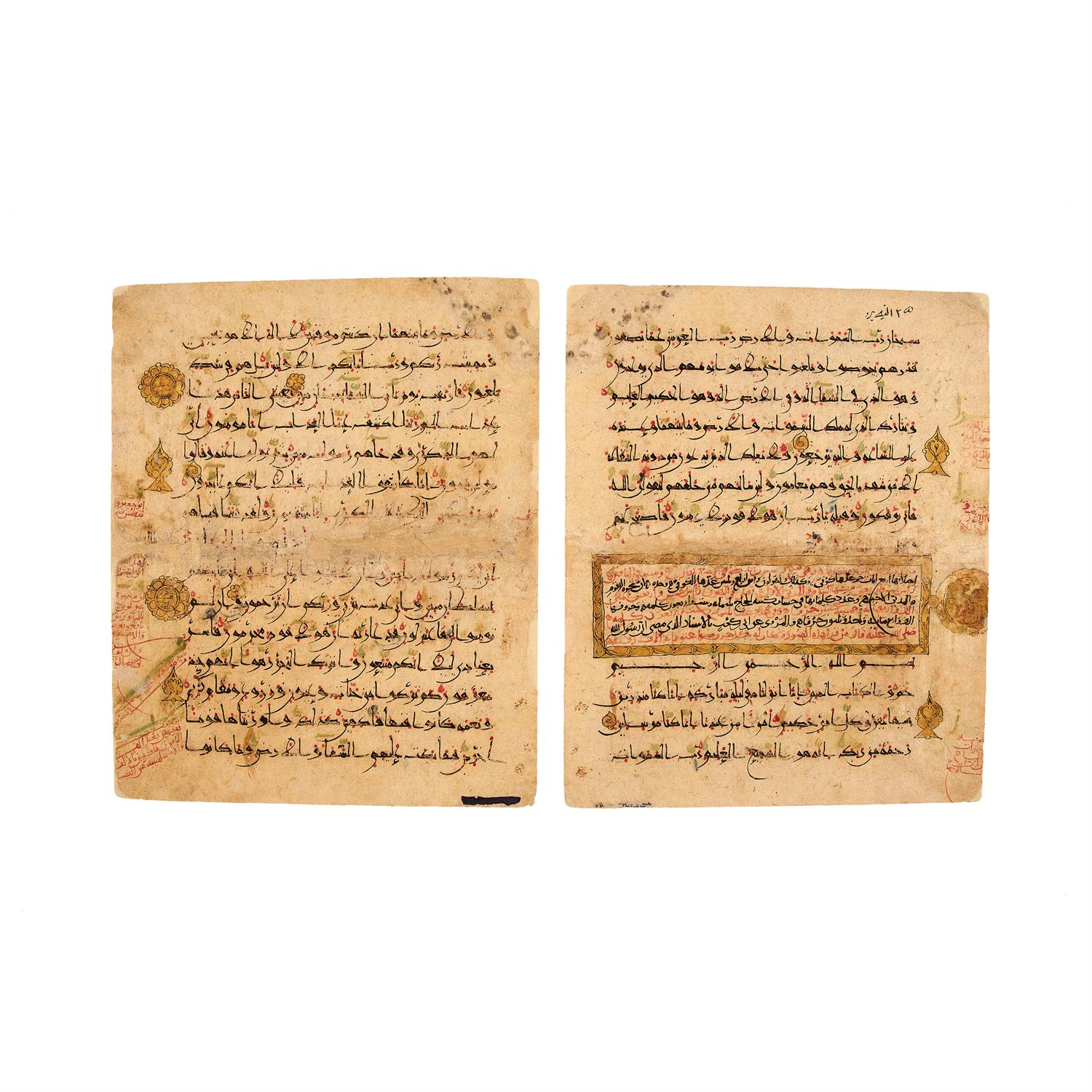
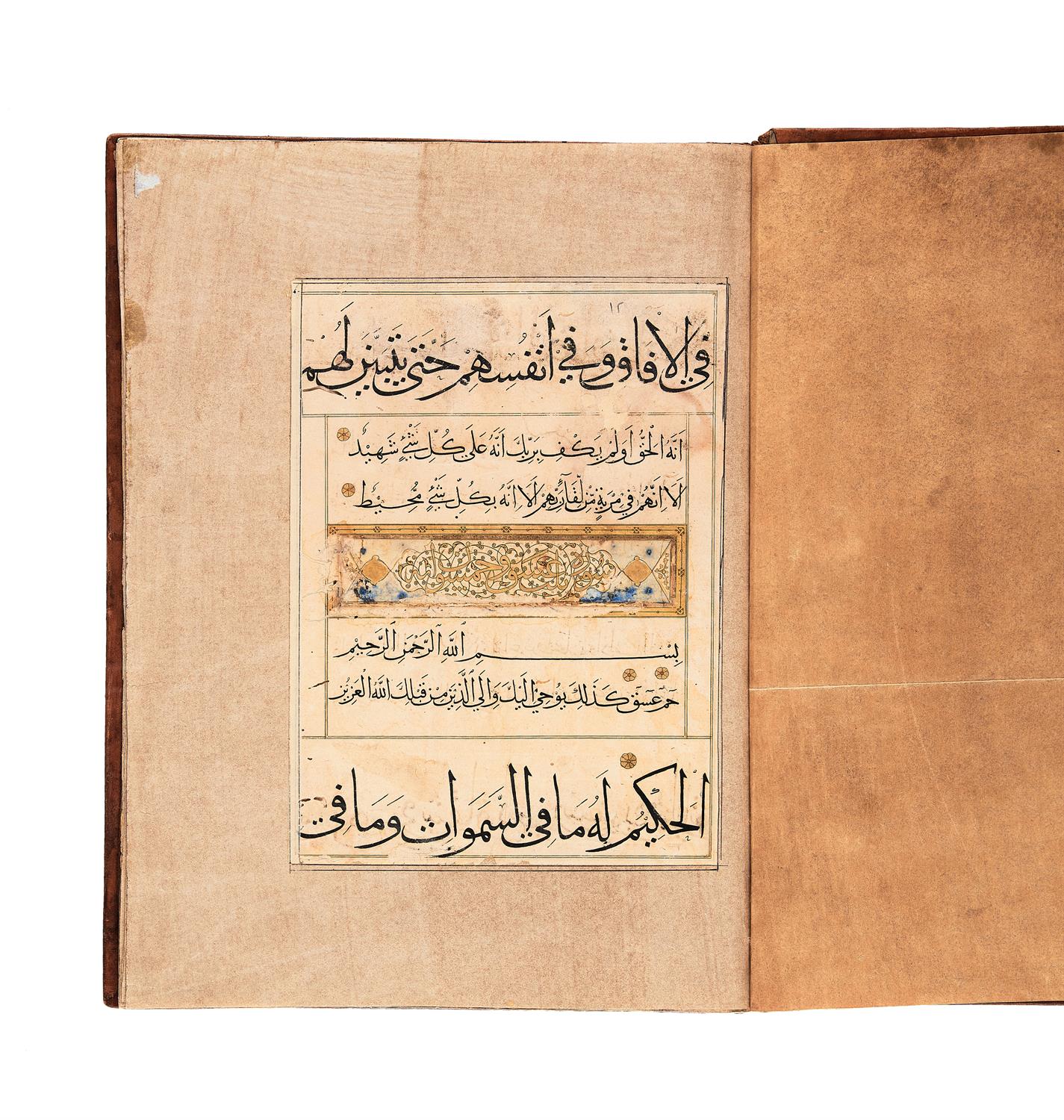
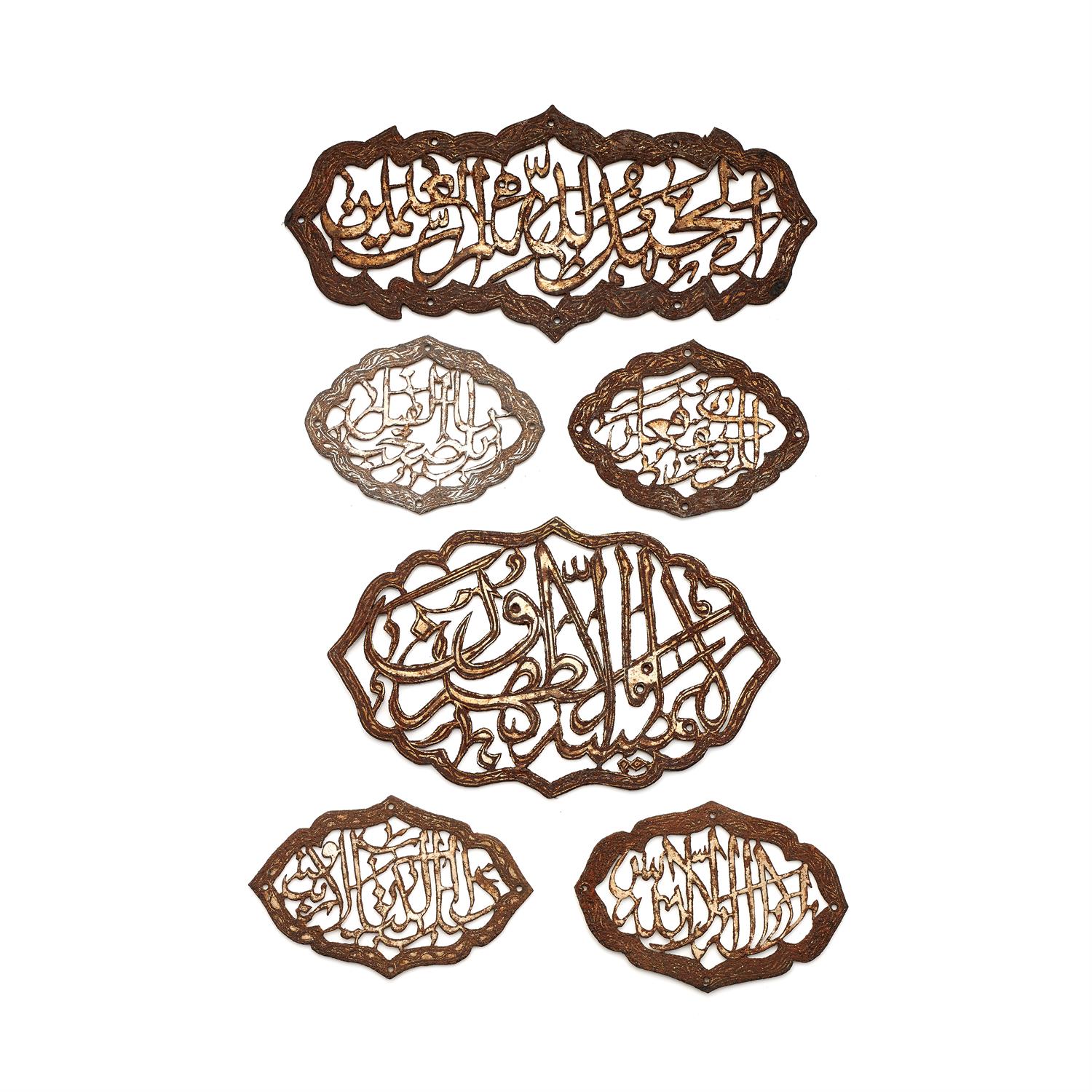
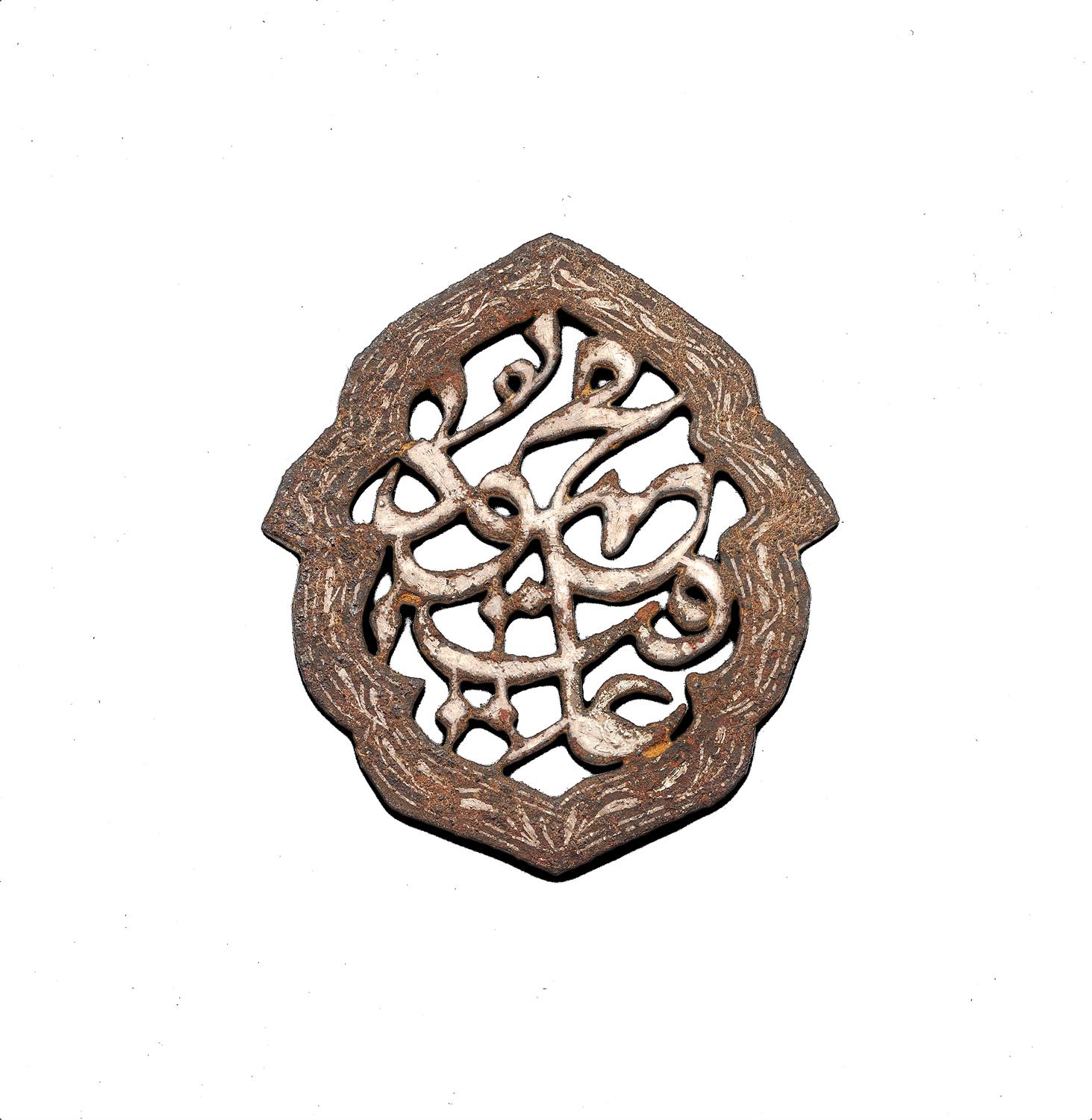
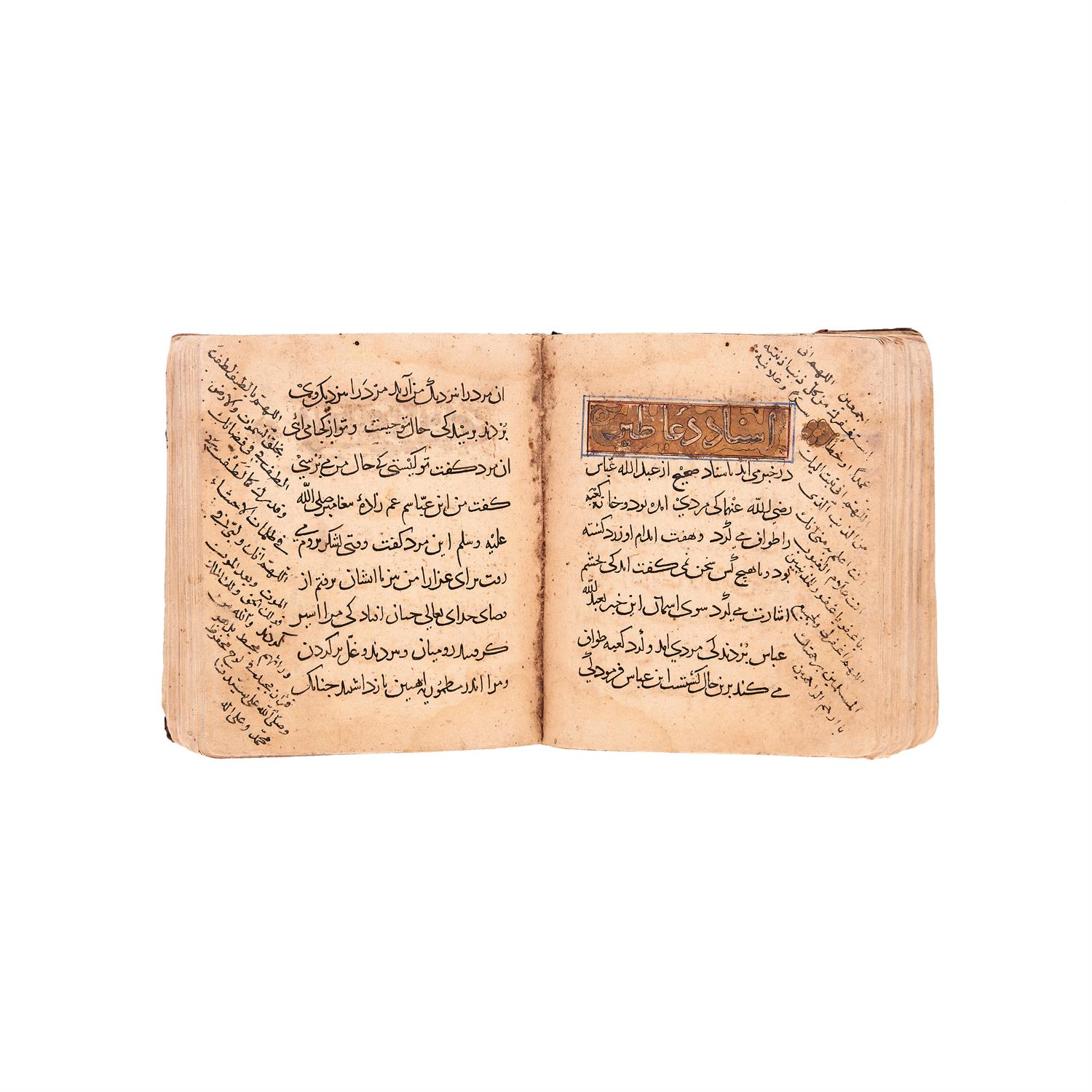
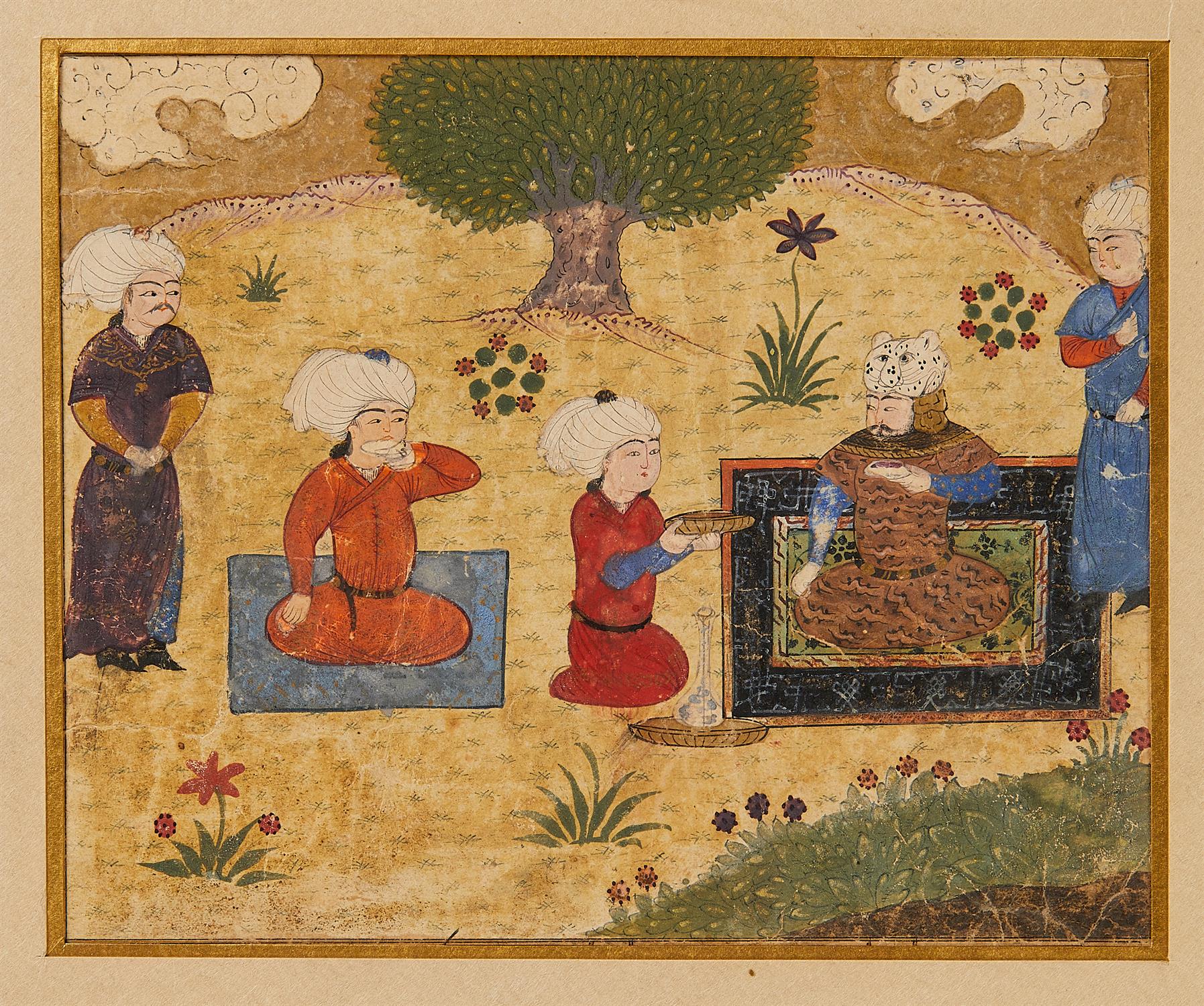
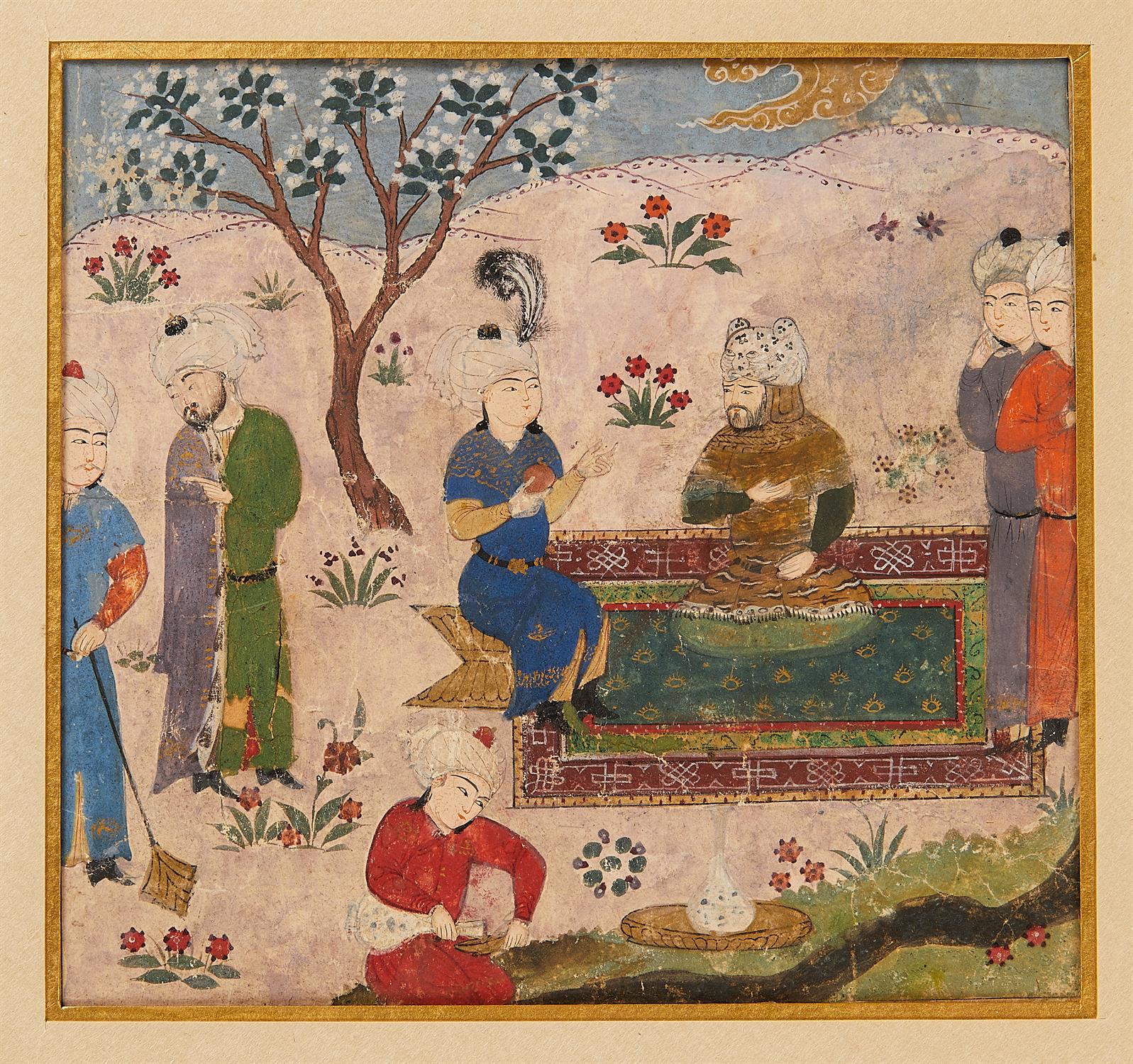
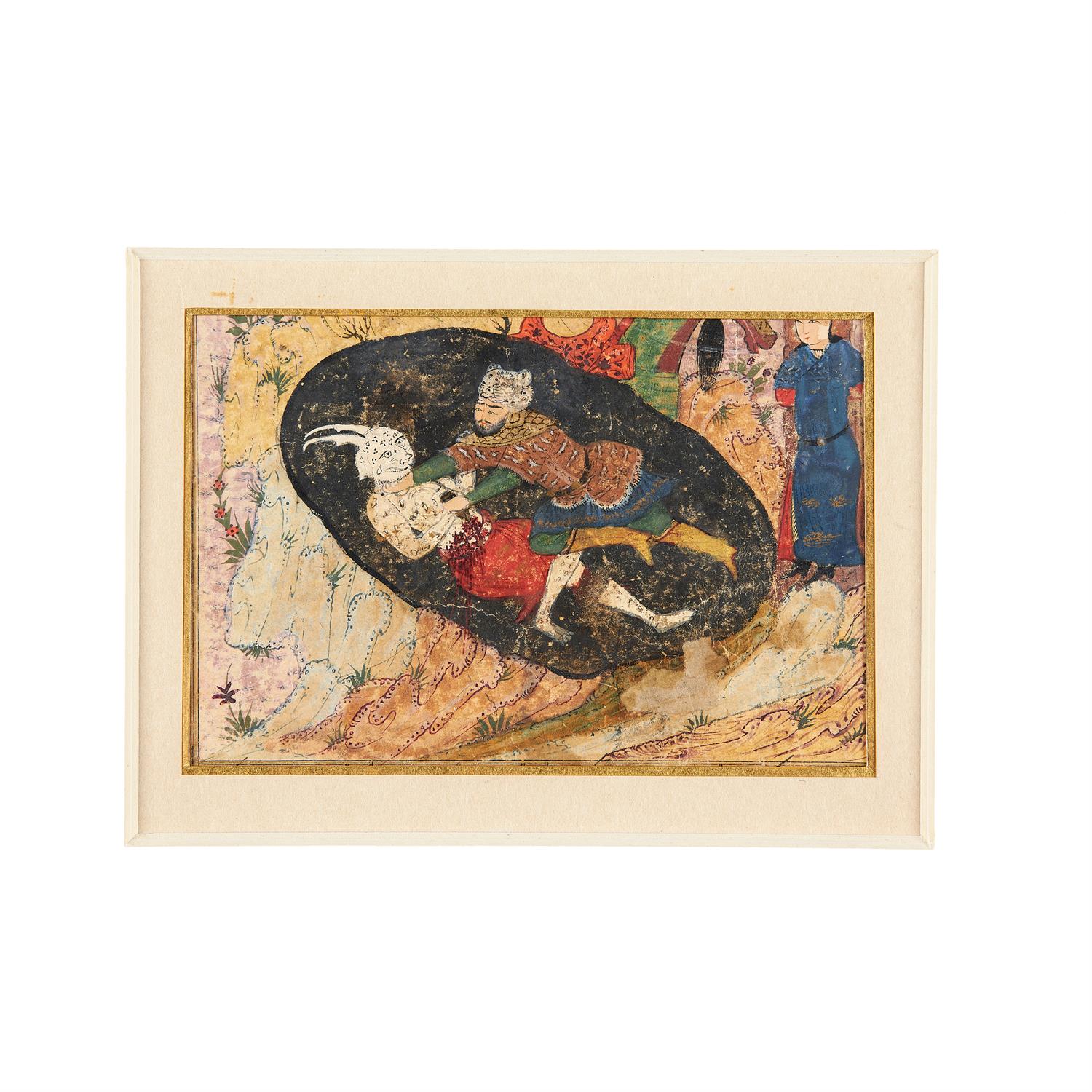
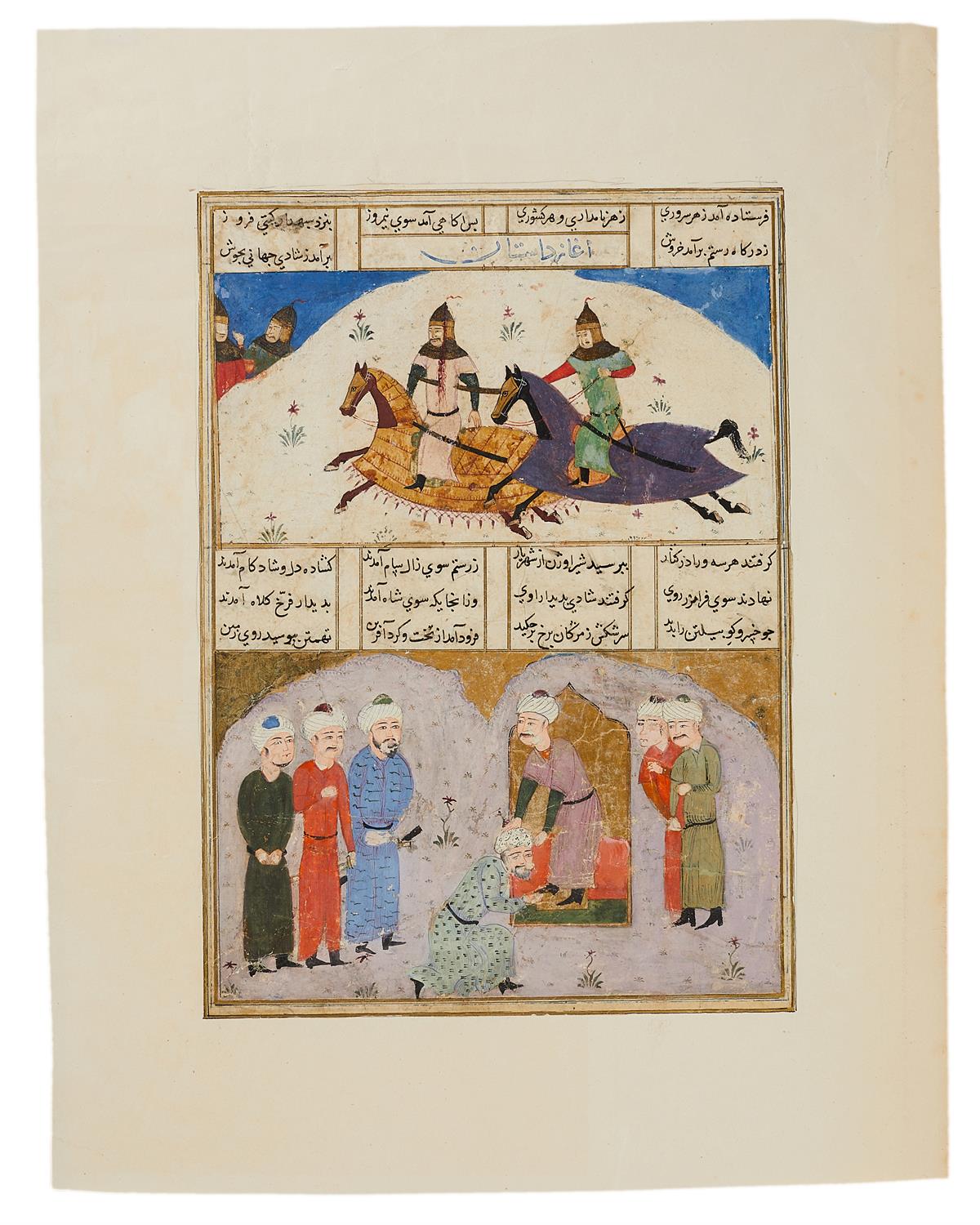

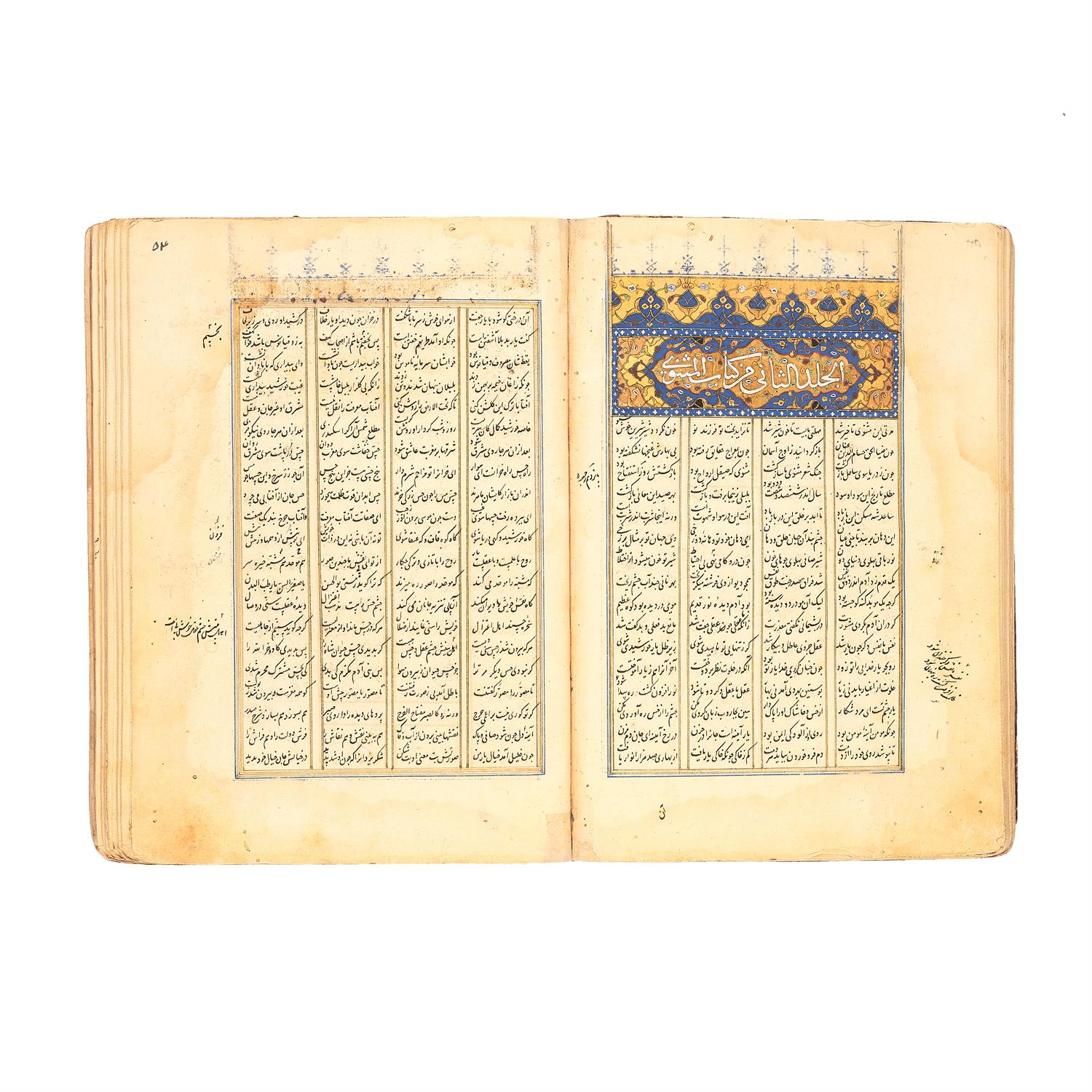
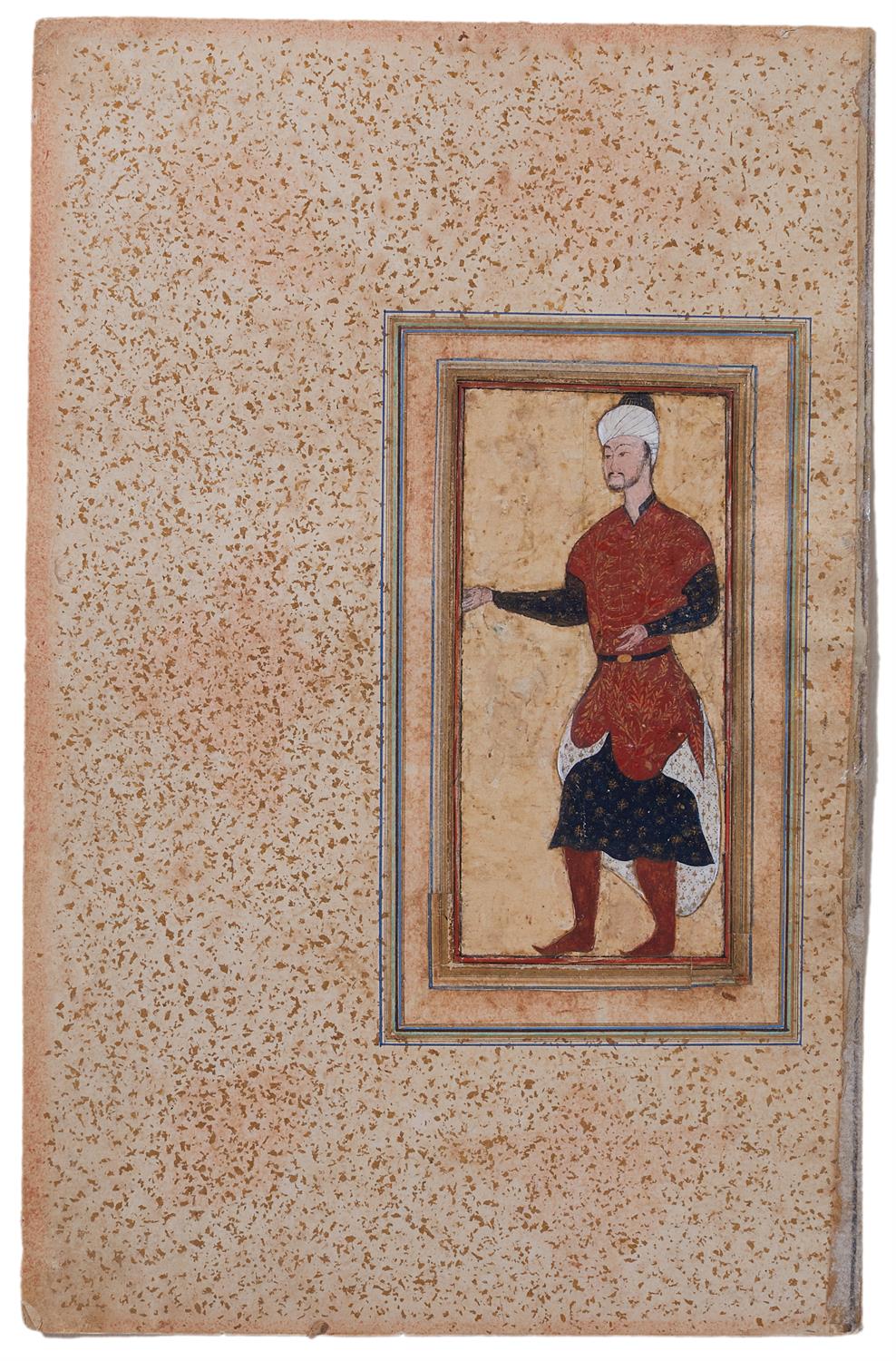
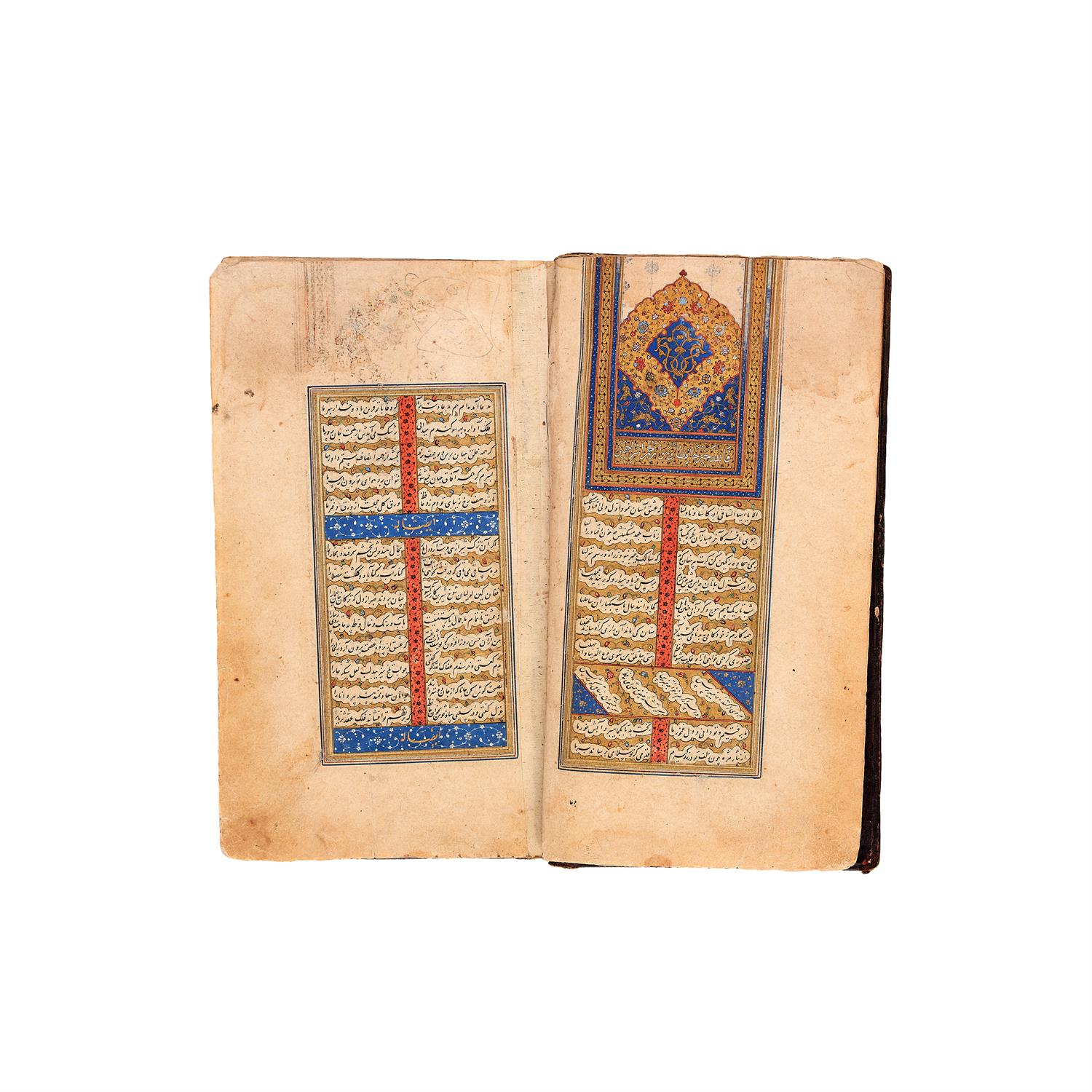
Testen Sie LotSearch und seine Premium-Features 7 Tage - ohne Kosten!
Lassen Sie sich automatisch über neue Objekte in kommenden Auktionen benachrichtigen.
Suchauftrag anlegen